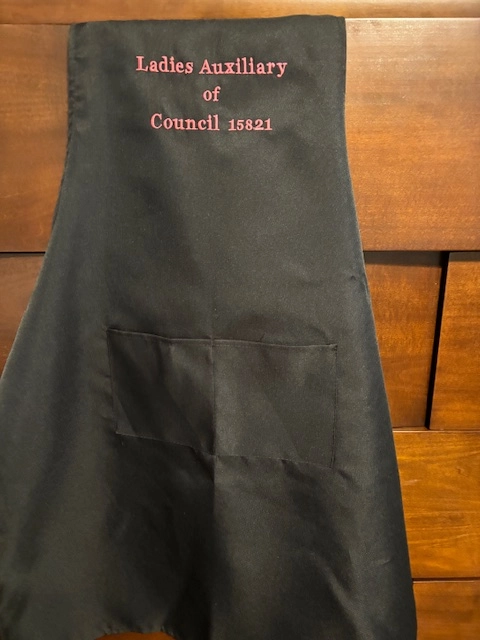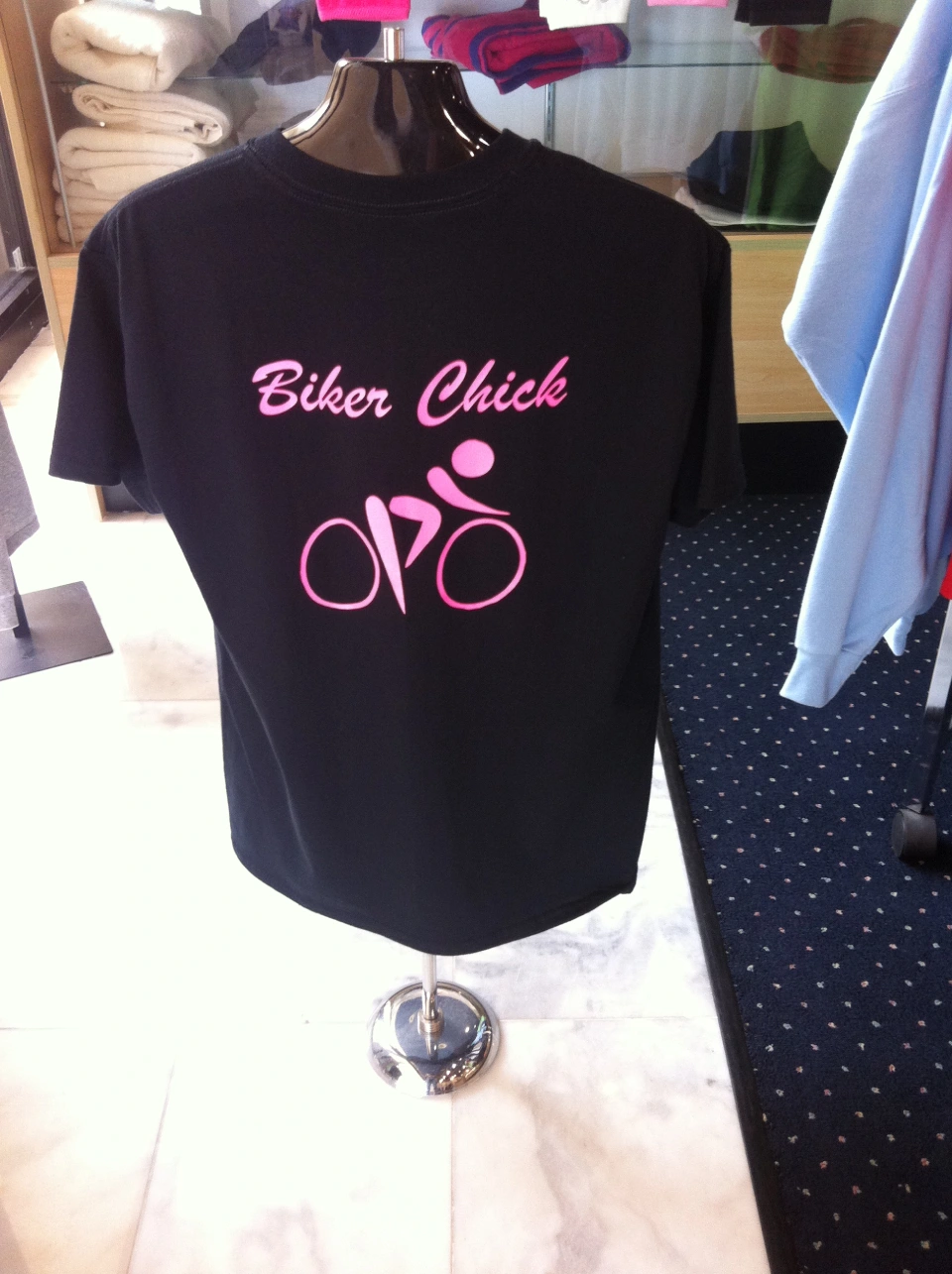Specialist Screen Printing Solutions for T-Shirts, Aprons, and A lot more
Specialist Screen Printing Solutions for T-Shirts, Aprons, and A lot more
Blog Article
The Art of Personalized Embroidery: Unlocking the Secrets to Creating One-of-a-kind and Remarkable Styles
The tricks to creating personalized embroidery styles that mesmerize the eye and leave an enduring impact lie in a fragile equilibrium of technique, imagination, and interest to information. As we dive right into the globe of customized embroidery, we discover the nuanced interaction in between string selection, stitch intricacy, and design personalization that raises a simple garment to a work of art.
Selecting the Right Needlework Threads
When choosing needlework threads, what essential elements should you consider to guarantee the most effective results for your personalized styles? The selection of needlework thread is vital in identifying the final result of your embroidered layout. Among the main considerations is the material of the string. Different products such as cotton, polyester, rayon, and silk provide varying levels of sheen, longevity, and structure. It is vital to choose a thread material that enhances the fabric you are stitching on and lines up with the desired appearance of the design.
Furthermore, the weight or thickness of the string plays a substantial duty in the look of the needlework. Thicker threads can add measurement and texture to your style, while finer strings are excellent for detailed information and tiny message. Furthermore, thinking about the color fastness and washability of the thread is essential to ensure that your custom layouts keep their top quality and vibrancy gradually. By very carefully assessing these elements and choosing top quality threads that fulfill your certain demands, you can enhance the aesthetic allure and durability of your stitched developments.
Checking Out Different Stitch Techniques
To dive into the realm of 'Exploring Different Stitch Techniques', one must grasp the intricacies and subtleties that each stitching technique gives the art of embroidery. Various stitch methods not just add aesthetic rate of interest but also add to the general texture and measurement of the layout. One prominent stitch technique is the satin stitch, which entails very closely jam-packed parallel stitches to create a smooth and glossy surface area, suitable for filling up in forms and developing bold outlines.
On the other hand, the backstitch is a versatile technique frequently used for laying out and adding fine information. It includes sewing backward to produce a solid line of embroidery. Additionally, the French knot stitch includes a responsive element to layouts, ideal for producing distinctive accents like flower facilities or attractive touches.
Exploring various stitch techniques permits embroiderers to play with light, shadow, and deepness within their layouts, raising the aesthetic allure and creative top quality of their embroidery jobs. By understanding different sewing techniques, one can open unlimited opportunities for creating one-of-a-kind and memorable custom-made embroidery items.
Incorporating Personalized Style Components
Having checked out the details of different stitch methods such as the satin stitch, backstitch, and French tailor store alpha m knot, the focus currently shifts in the direction of including tailored layout components in customized embroidery jobs. Individualized design aspects play a vital duty in making needlework projects really one-of-a-kind and memorable. One method to integrate customization is by adding initials, names, or considerable days to the layout. This not just includes an individualized touch but also enhances the sentimental value of the embroidery piece.
One more way to integrate personalized layout elements is by consisting of signs or concepts that hold special definition to the recipient or reflect their passions and character. Including a favorite blossom, animal, or hobby-related sign can make the needlework style extra meaningful and individualized. Additionally, selecting shades that resonate with the recipient or line up with the desired style can further improve the customization of the embroidery task.
Grasping the Art of Shade Sychronisation

One key facet of color coordination is recognizing color concept. This includes knowing how various colors interact with each various other, the emotions they share, and exactly how they can be combined to produce visually attractive designs. By using shade theory concepts, embroiderers can create unified color combinations that enhance the total look of the layout.
Furthermore, paying attention to comparison is critical in color control. Using contrasting colors can aid specific components of the style pop, enhance legibility, and produce an aesthetically dynamic needlework item. By grasping the art of shade coordination, embroiderers can raise their layouts and create unforgettable items that reverberate with clients and customers alike.
Enhancing Texture With Advanced Embroidery Stitches

French knots, for instance, are ideal for adding tiny, raised dots to your layout, resembling the look of grains or creating a textured surface area. Bullion knots, on the various other hand, can be made use of to develop twisted, ropelike aspects that add a luxurious feel to the needlework. Seed sewing includes small, scattered stitches that can fill out areas with a speckled structure, while turkey work produces fluffy, dimensional accents similar to animal fur or foliage. Trying out these sophisticated embroidery stitches enables you to push the boundaries of conventional embroidery and create truly unique and aesthetically appealing textures in your layouts.
Final Thought
In final thought, the art of customized embroidery involves a combination of picking the appropriate strings, discovering numerous stitch strategies, including tailored design aspects, understanding shade control, and boosting appearance with sophisticated stitches. By comprehending and executing these crucial aspects, embroiderers can produce one-of-a-kind and unforgettable styles that showcase their creativity and ability. Needlework enthusiasts can unlock the secrets to developing attractive and bespoke items that attract attention and leave a long-term perception.
Report this page